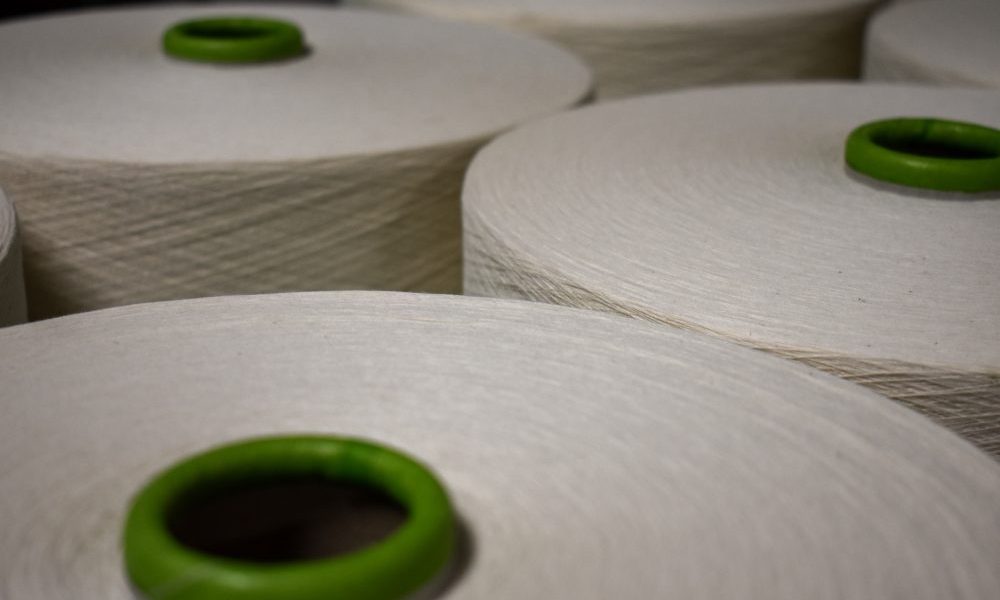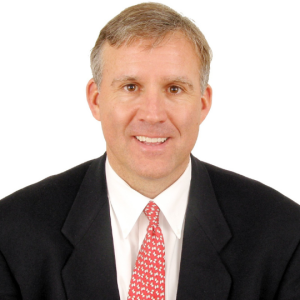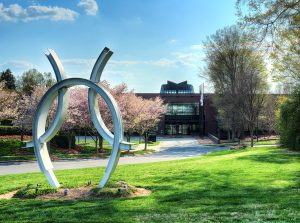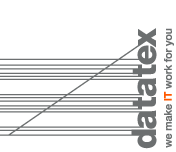
Parkdale. Textile Innovation Leader
Interview with Andy Warlick – Chairman and CEO at Parkdale, Inc
 PARKDALE – A U.S. textile giant founded in 1916 in Gastonia, NC, Parkdale, Inc today is the largest US cotton consumer in the Western Hemisphere and has twenty-nine manufacturing facilities in the United States, Mexico, El Salvador, Honduras, the Dominican Republic, and Colombia.
PARKDALE – A U.S. textile giant founded in 1916 in Gastonia, NC, Parkdale, Inc today is the largest US cotton consumer in the Western Hemisphere and has twenty-nine manufacturing facilities in the United States, Mexico, El Salvador, Honduras, the Dominican Republic, and Colombia.
1. How did Parkdale start and what are the key moments in its history? How did it expand to become the world leader in its sector?
Parkdale was founded in 1916. The company experienced tremendous growth from 1986-2022, expanding our operational footprint across the US and the Western Hemisphere. Parkdale has always been focused on automation and process improvement, trying to push the boundaries of operational efficiency, machinery capability, and technological advances. For instance, we were early adopters of Open-end technology and had the first climate controlled manufacturing facilities in the US, initiatives geared towards increasing our competiveness and improving our workplace. Recent expansion investments have been tailored to meeting the quality and service needs of our customers and supporting their growth in their markets.
We are expanding into fiber innovation and polymer solutions through our advanced materials division. We are focused on creating polymer technologies that can help our customers improve their processes and create fiber solutions to solve our industry’s problems. An example of this, our CICLO technology, is a game changing technology created to reduce plastic microfiber pollutions created by the textile industry.
2. What is the state of the textile industry in the United States today? How has it evolved over the years and what are the strengths and opportunities for the sector today?
The textile industry in the United States is critical participant in a co-production chain that involves free trade with CAFTA DR and USMCA countries. The Western Hemisphere offers tremendous potential for growth that the US can leverage as companies try to derisk their supply chains. By sourcing products from the region, brands and retailers can shorten their lead times and reduce their inventory, while also cutting greenhouse gas emissions by up to two-thirds through reduced shipping and transportation.
3. How does the US currently support the country’s textile industry at a legislative level? What are the major laws and regulatory reforms that have affected the textile industry in recent years?
Collaboration between industry and policy makers is critical. It is essential that legislation supports the creation of a fair and level playing field for US companies in the global marketplace. It is important to hold all manufacturers, both domestic and international, to the same standards to ensure fair competition and protect workers’ rights and safety. These policies can help further create jobs and strengthen local communities.
4. What is the global situation of the cotton industry today? How is the sector changing in terms of technological and product innovation? What are the characteristics of the global cotton supply chain today?
The global cotton industry is going through a transformation. With increasing geopolitical, environmental, and human rights risks, many brands and retailers are looking to derisk their sourcing practices. To address these challenges, there is a need for greater transparency and traceability throughout the cotton supply chain, providing consumers with greater assurance that the products they purchase are ethically sourced.


